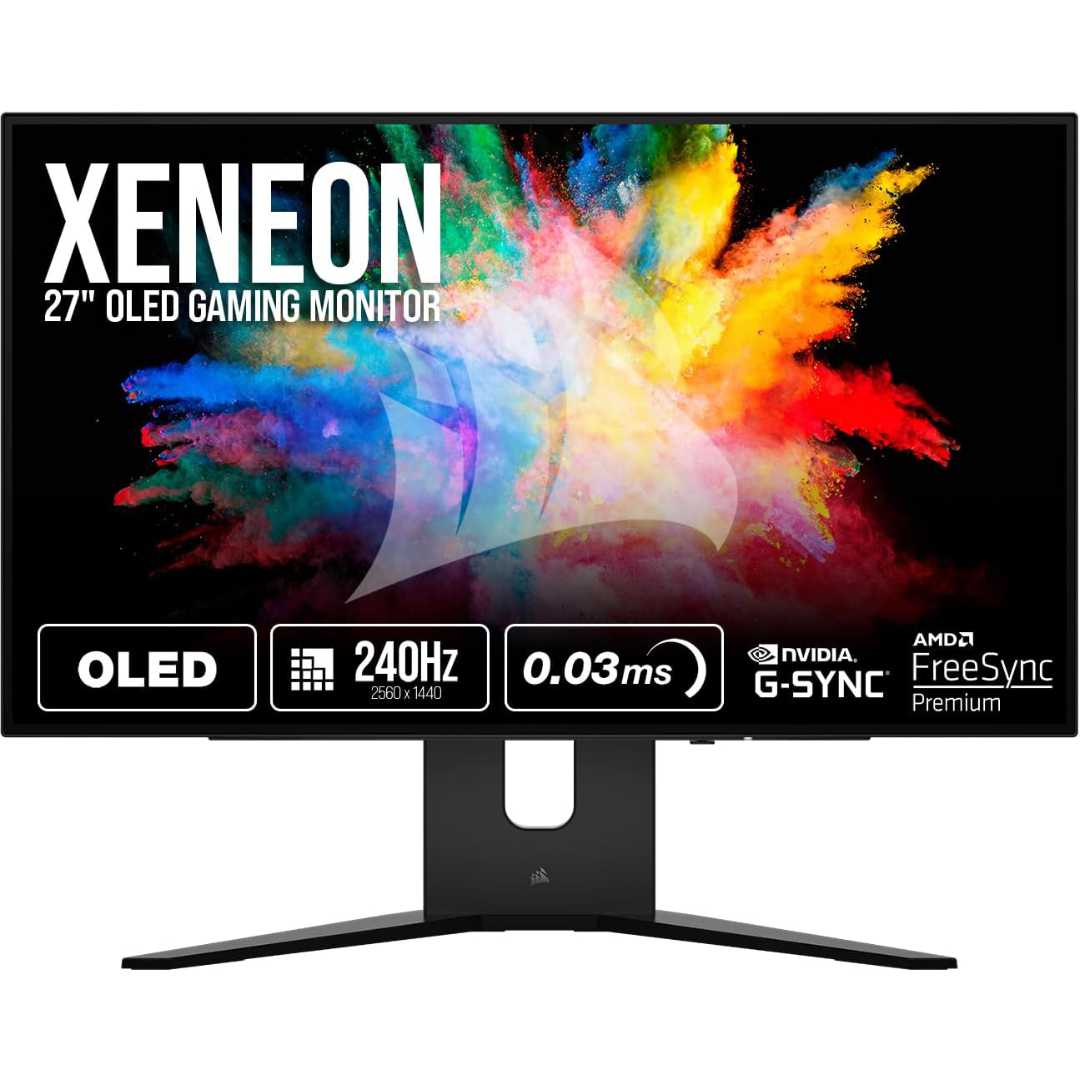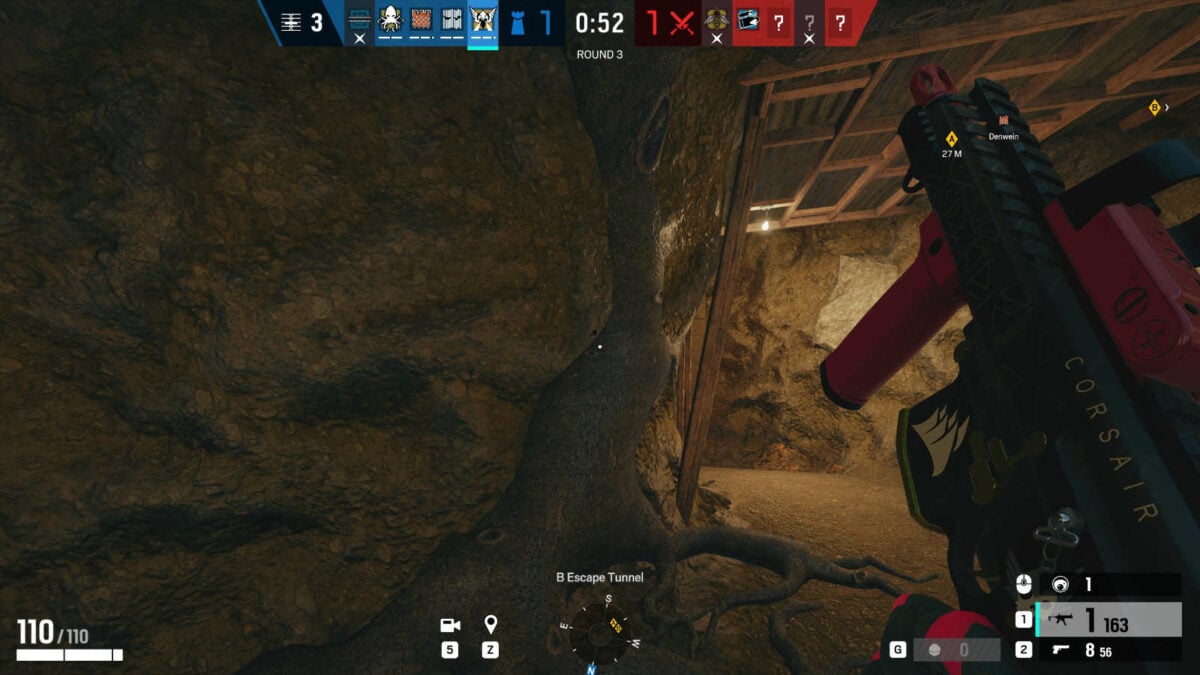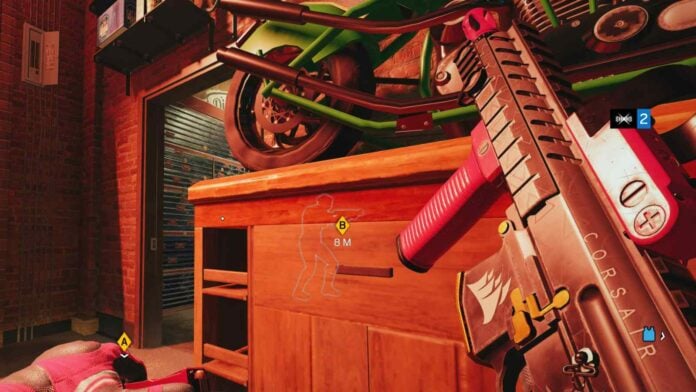Whether it’s an optical keyboard or 8K mouse, everyone’s looking for an extra advantage in competitive games. Refresh rate tends to take the spotlight for gaming monitors, but little did I realise just how much panel technology plays a part. Now that I have an OLED in front of me, it feels a little like cheating in Rainbow Six Siege.
Across 4,000 hours over eight years, I’ve played Siege on many monitors. Most notably, I originally used an older Samsung LU28E590 with a TN panel, then a VA-based Acer Predator Z35P, and recently the Dough Spectrum with an IPS panel. Aside from greater pops of colour, nothing screamed out to me as fundamentally game changing.
Refresh rates climbed and movements were smoother with each model, but it’s not a replacement for actual ability. The most it offers an average player like me is a few more frames on screen so I might see an enemy a touch earlier than I otherwise would. Only in the hands of someone with raw mechanical skill will it grant the upper hand.
Fortunately, everyone can benefit from an OLED gaming monitor no matter what rank they land. I grabbed a Corsair Xeneon 27QHD240 OLED 22% cheaper for Black Friday, bringing it down to $799 / £820. It was a close call between this and the $500 / £660 Alienware AW3423DWF, but 240Hz ultimately won out. And truly, it’s a game-changer.

Corsair Xeneon 27QHD240
Experience total immersion, as each individual OLED pixel is self-lit, able to turn on and off independently of the rest of the screen. The result? Amazingly rich colour, true black, and unparalleled contrast.
It’s no secret that Rainbow Six Siege isn’t the prettiest game. It’s full of beige, brown, and just about every earth tone known to man. The colour palette adds to the military feel and leans into familiar game design, but simultaneously makes most maps look muddy. Coastline gives respite with purples and blues, and the divisive Emerald Plains gives splash of green against grey stonework. Border, Clubhouse, Kafe, Villa, Theme Park, and even the interior of Chalet, however, all stick with tried-and-true brown as their go-to.
It makes sense in a game like this. You see wood panelling and there’s a good chance you can smash it into tiny pieces. The more there is, the more it leans into Siege’s signature destructibility. But as distinctive as these maps are to the trained eye, I wouldn’t be surprised if they blend into one big blob for newcomers.
Being a tech nerd, the first thing I did with my OLED was colour calibration. Corsair’s Xeneon 27QHD240 looks mostly fine out of the box but RTINGS knows how to make it look better. I applied the ICC profile, cranked the brightness up to full, and turned HDR off because it lowers brightness considerably.
The OLED made Rainbow Six Siege feel like an entirely new game. Maps have depth where they didn’t before and feel considerably warmer. Reds shine through the browns more clearly, and the design now feels like it has layers to it. Even enemies are easier to spot, as the monitor emphasises character outlines. Spawn peeks at a distance are more defined, instead of the wooden barricade blending with the brick wall next to it. Each pixel stands out on its own, and I’m a better player for it.

Not that you can tell from the screenshot above, but I’ve not seen this much clarity in the game before, and it puts me in a very small percentage of Siege players. There’s no way to track just how many people sport the new panel type, but adoption rates are often slow. 59% of Steam users still rely on 1080p for their primary screen despite 1440p being rather affordable nowadays. TrendForce predicts a staggering 323% increase in OLED adoption in 2024, but this will still be a fraction of the overall. Some hesitation will come from fear of burn-in, but the tech is maturing. RTINGS‘ burn-in test shows it takes extreme circumstances to appear. Besides, LCD comes with a butt-load of its own problems.
Throughout all this, I haven’t changed my settings. I still play with most graphics on low (medium for shadows so I don’t switch them off). After all, I want to make the most of the high refresh rate. This is simply a testament to what OLED can do. That isn’t to say they’re perfect, mind you. Aggressive Automatic Brightness Limiters (ABLs) play havoc when browsing the web, much to my chagrin. Still, with prices starting to plummet, they’re an upgrade you should definitely consider the next time you’re in the market for the best gaming monitor.

